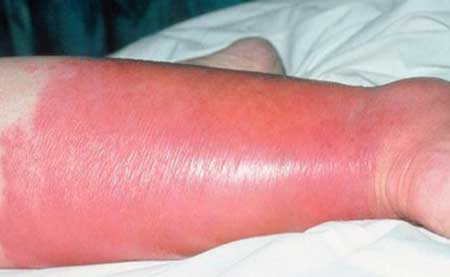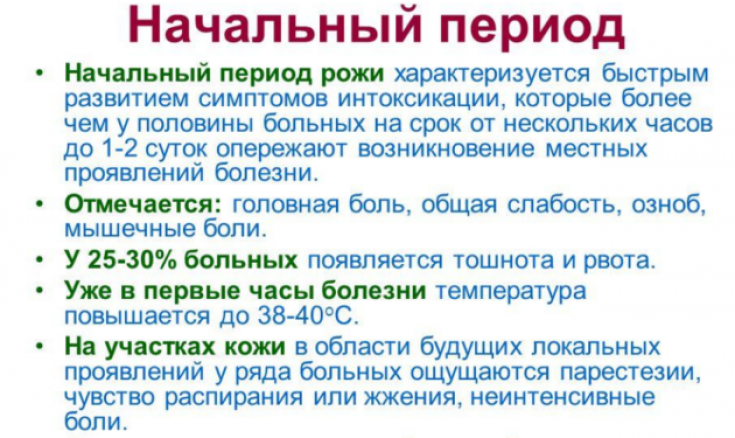Erysipelas and erysipelatous cellulitis (hereinafter referred to as "cellulitis") are common bacterial skin infections that commonly affect the lower extremities. Erysipelas and cellulite — infectious diseases similar in etiological factor and pathogenesis, often with a severe prognosis and complication.
Despite the burden of disease, the evidence for different prevention strategies is unclear. There is a need to evaluate the positive and negative effects of antibiotic prophylaxis or other prophylactic interventions for the prevention of cellulitis recurrence in adults over 16 years of age.
In the article estet-portal.com you can read in detail the results of the Cochrane Review on the effectiveness of the most common methods for the prevention of erysipelas and erysipelatous cellulitis.
Erysipelas Antibiotic Efficacy Study
The authors analyzed the following databases up to June 2016: Cochrane Skin Group Specialized Registry, Cochrane Central Registry for Controlled Trials (CENTRAL), MEDLINE, Embase, and LILACS. Randomized controlled trials evaluating any therapy for the prevention of recurrent cellulitis are included.
Follow us on Instagram
Analyzed 6 studies with 573 participants who were on average between 50 and 70 years of age. Those included in the studies had several previous episodes of cellulitis, ranging from 1 to 4.
Four studies were single center and two — multicenter; they were held in five countries: Great Britain, Sweden, Tunisia, Israel and Austria.
Should I prescribe antibiotics to prevent recurrence of erysipelas
Based on 5 studies, antibiotic prophylaxis reduced the risk of cellulitis recurrence by 69% compared with no treatment or placebo (n = 513; P = 0.007), the evidence for this outcome was rated as moderate.

Prophylactic treatment compared with no treatment or placebo reduced the incidence of cellulitis by 56% (4 studies; n = 473; P value = 0.02; moderate-certainty evidence) and significantly reduced the rate of recurrence of cellulitis episode (3 studies; n = 437, P = 0.002, moderate-certainty evidence).
Leader among bacterial infections: erysipelas
The protective effects of the antibiotic did not persist after prophylaxis was stopped ("post-prophylaxis") in terms of cellulitis recurrence risk (2 studies; n = 287; P = 0.52), cellulitis incidence rate (2 studies; n = 287; P = 0.74) and the frequency of the next episode of cellulitis (2 studies; n = 287). The evidence was of low certainty.
Results are relevant mainly for people after at least two episodes of leg cellulitis occurring over a period of up to three years.
No significant differences in side effects or hospitalization were found between antibiotics and no treatment or placebo, with the data being rated as low certainty for these results.
Common adverse reactions were gastrointestinal symptoms, mainly nausea and diarrhea, rash (no serious skin adverse reactions were reported) and thrush.

In one study (erythromycin), three participants reported abdominal pain and nausea, so the antibiotic was changed to penicillin. In another study, two participants on penicillin withdrew from treatment due to diarrhea or nausea. In one study, about 10% of participants stopped treatment because of pain at the injection site (the active treatment group received intramuscular injections of benzathine penicillin).
Antibiotic prophylaxis for erysipelas: to be or not to be
In terms of recurrence, frequency, and time to next episode, an antibiotic is likely to be an effective prophylactic management of recurrent lower limb cellulitis compared to placebo or no treatment (moderate-certainty evidence).
However, these preventive effects of antibiotics decrease after they are discontinued (low certainty evidence). Antibiotic treatment does not cause any serious side effects, and the associated — minor and include nausea, rash (low certainty evidence).
Thank you for staying with estet-portal.com. Read other interesting articles in the "Dermatology" section. You may be interested in Redness of the nose can be a symptom of erysipelas







Add a comment